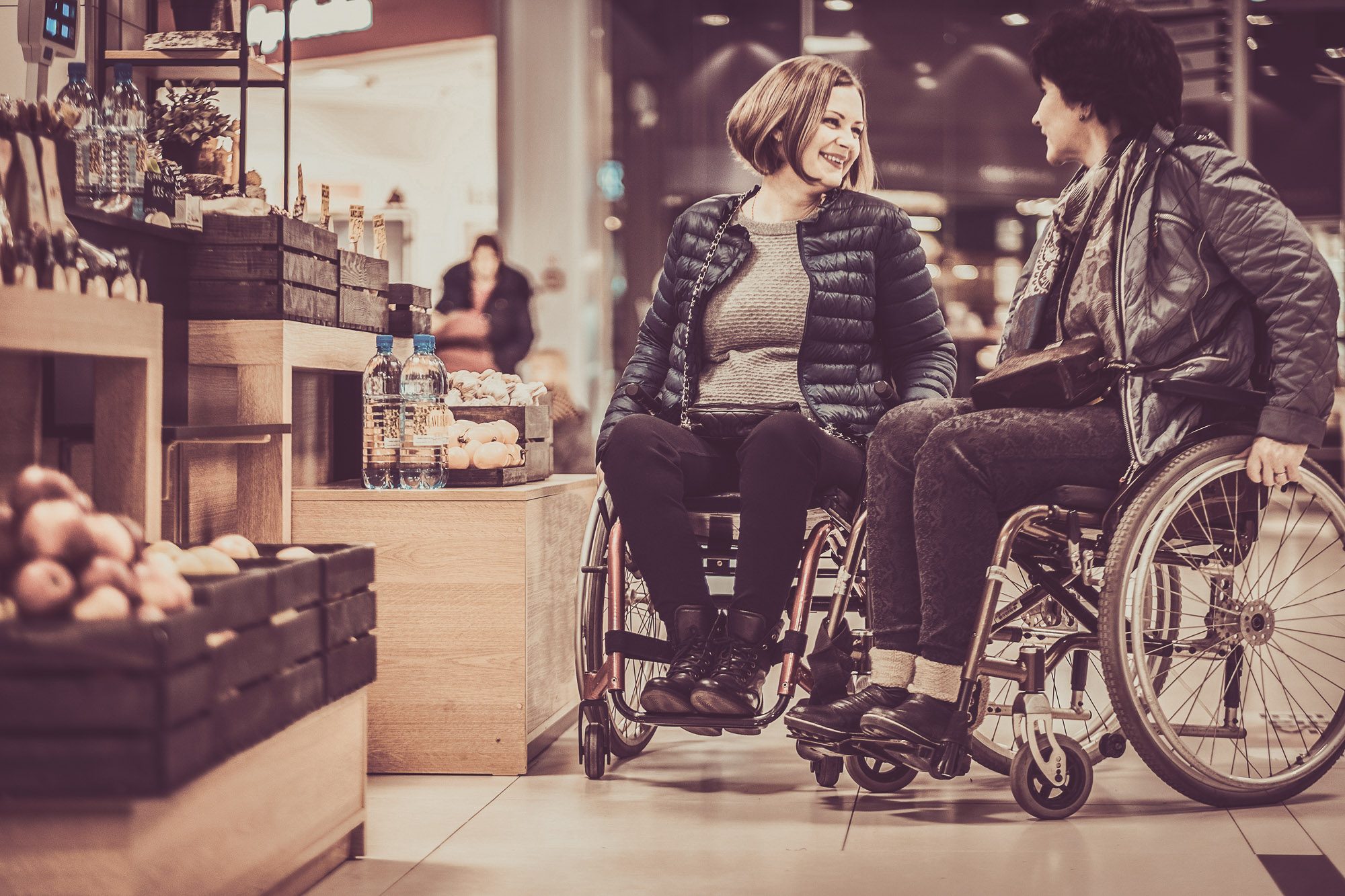Having an accessible workplace should be something that all employers are striving toward. Every disability has different needs and workplace requirements, but there are some standard things you can consider to make your workplace more accessible. Ensure to speak to any disabled employees to ensure the work environment is as safe and comfortable as possible.
Here is a list of things to consider when looking to improve accessibility in your workplace. Not all of them will be relevant to every organisation, but they may give you some ideas on the areas that you need to improve on.
For those businesses that are still working from home, make sure to contact your disabled staff to make sure they have everything they need to work comfortably and productively at home. Here are 10 ways to make your workplace more accessible.
Wheelchair Access
This is possibly the thing that most employers think of when they consider accessibility. While it is not the only thing you need to do, it’s essential that every building has wheelchair access in the form of lifts and ramps. When implementing this, consider all buildings that staff could potentially use and whether they will need to travel elsewhere.
Accessible Parking Spaces
If you have a car park, make sure to reserve some of the spaces as disabled spaces only. These should be slightly wider to accommodate different vehicles, and they should be as close to the entrance as possible.
Easy Access Door
People who have limited mobility often struggle to use traditional doors, and so to improve the accessibility of your building, you may want to introduce an easy access door. This could be one operated by a button, motion sensors or voice recognition. You may also want to consider how somebody with restricted growth or in a wheelchair can reach the door or the button.
Adjustable Desks and Chairs
Having desks and chairs that can move up and down is a great way to ensure your workplace is accessible to various people. Some of the reasons a person may need an altered desk or chair include restricted growth, use of a wheelchair, prosthetic limbs and restricted mobility.
Accessible Toilets
It is essential that your building has at least one accessible toilet. This should include taps and a toilet at a lower height, handles and railings to hold on to, and accessible emergency cord and space to fit a wheelchair. It is also beneficial if this toilet is close to where your disabled staff will be working as they shouldn’t have to travel to find a suitable toilet.
Kitchen Equipment
If your office has a kitchen, make sure the appliances are accessible to wheelchair users and people with restricted growth. You may also want to ensure there is enough space to fit a wheelchair into the kitchen. Having somewhere to eat and drink at work is essential so it’s essential that everybody can use the kitchen. Consider the placement of the microwave, kettle and fridge.
Quiet Rooms
For some people with disabilities, being in loud, crowded spaces can be extremely overwhelming. Having a quiet room where disabled staff have priority access is a great way to ensure staff that you are taking their needs seriously and that you respect that they may need somewhere calm and relaxing within their work environment. This would be helpful for people with a learning disability, mental health condition and neurodiverse members of staff, such as those on the autistic spectrum.
Lighting
Similarly to needing a quiet space, some people with disabilities can be susceptible to light. Being able to control the light, and having different light options in the office, is a great way to improve the accessibility of your building. You could choose to have lights that can be brighter or dimmer or have some parts of the office which have a different coloured light.
Computer Software
Assistive technology is a massive part of having an inclusive, accessible workplace. You can find out more about assistive technology and its uses in our guide. Consider what computer software you have and how it can be adapted for those with different needs such as visual impairments, limited hand and finger movements and learning difficulties such as dyslexia and dysgraphia.
Braille
Finally, consider adding braille to parts of the building which disabled people may need to use regularly. This ensures that those with a visual impairment can still navigate their workspace independently. For example, it’s common to have braille in lifts, toilets and kitchens.











